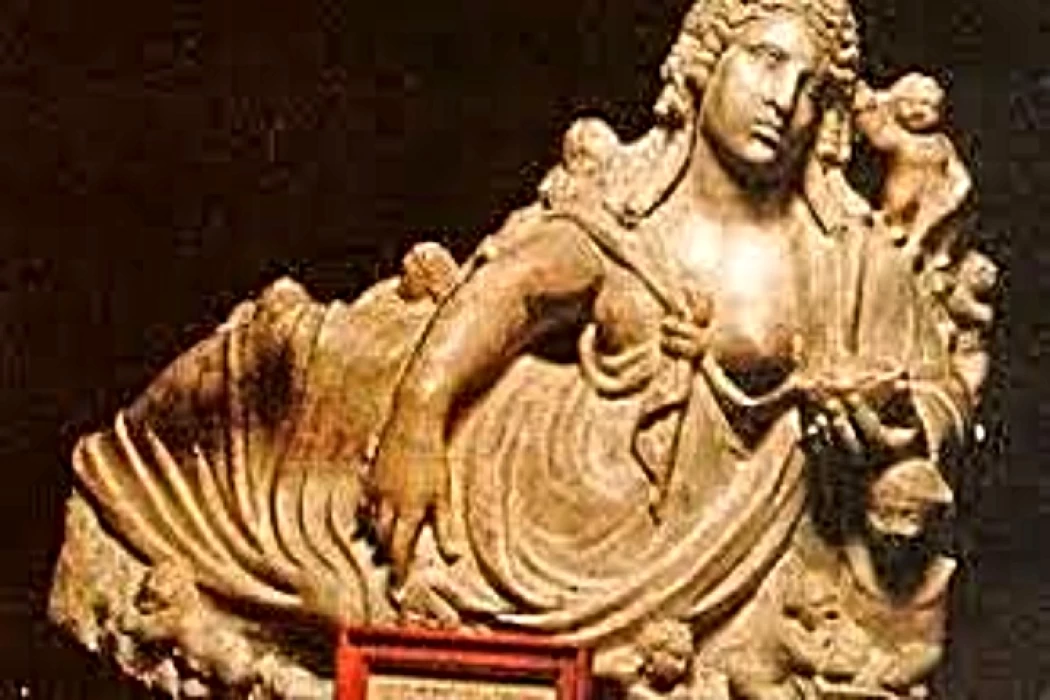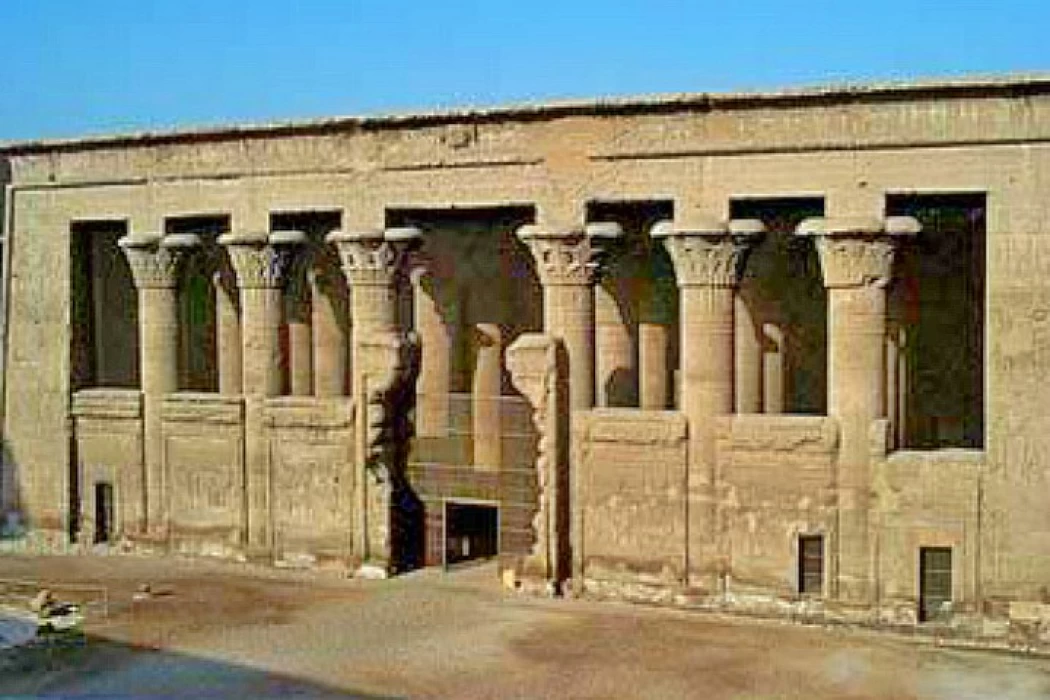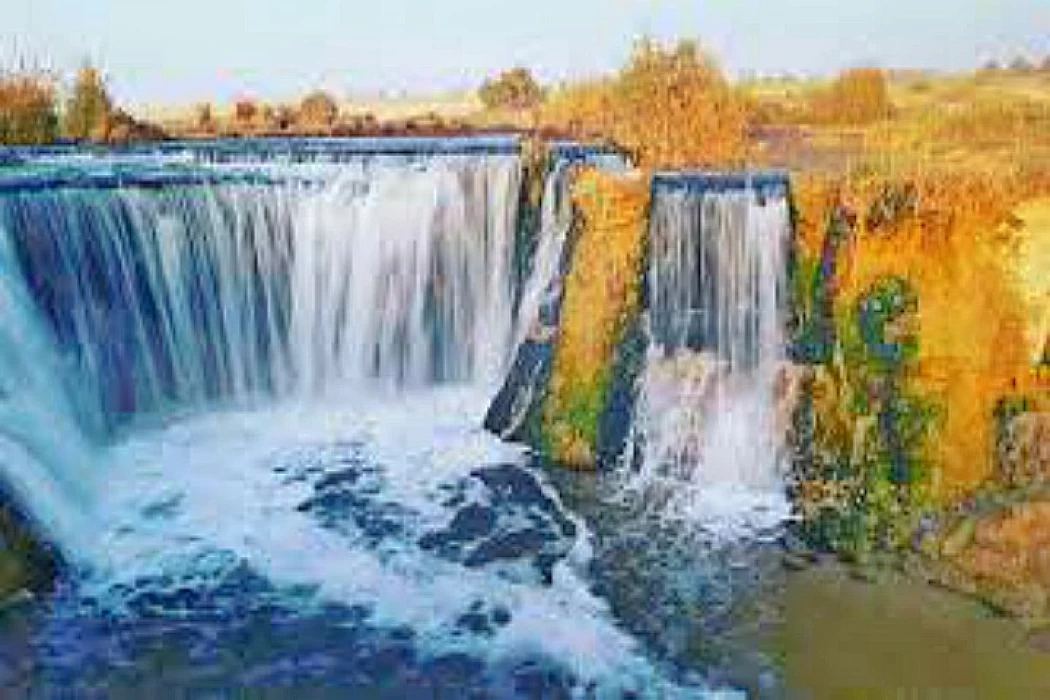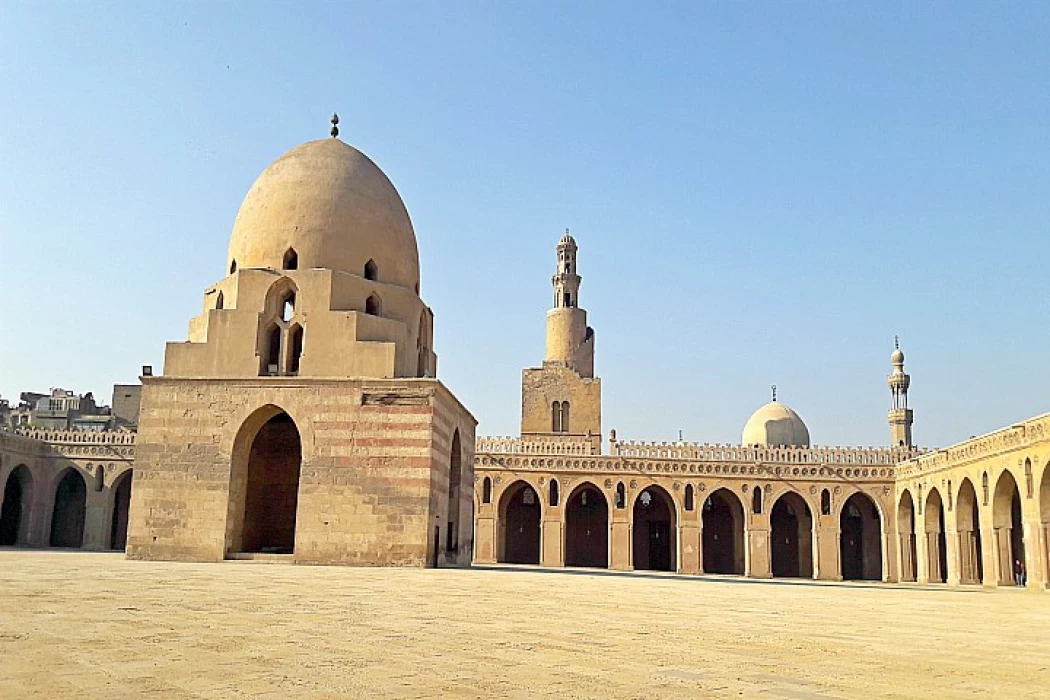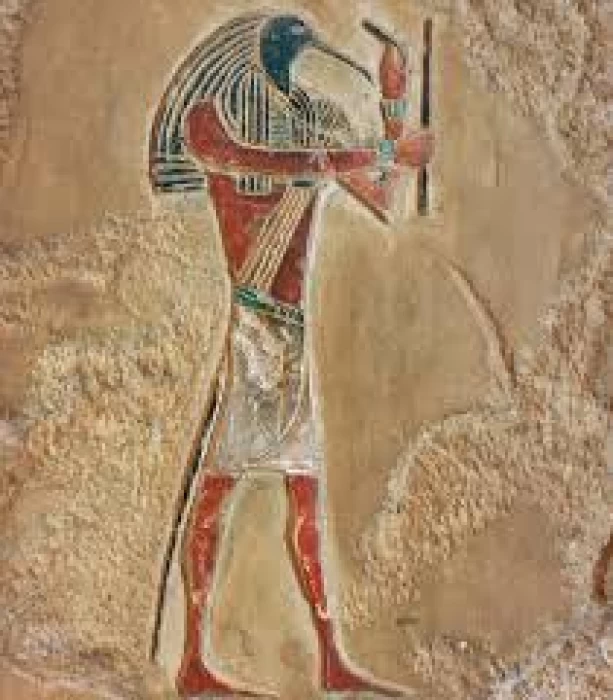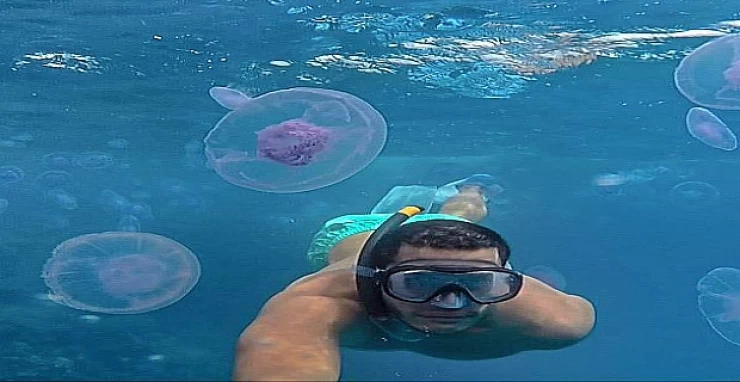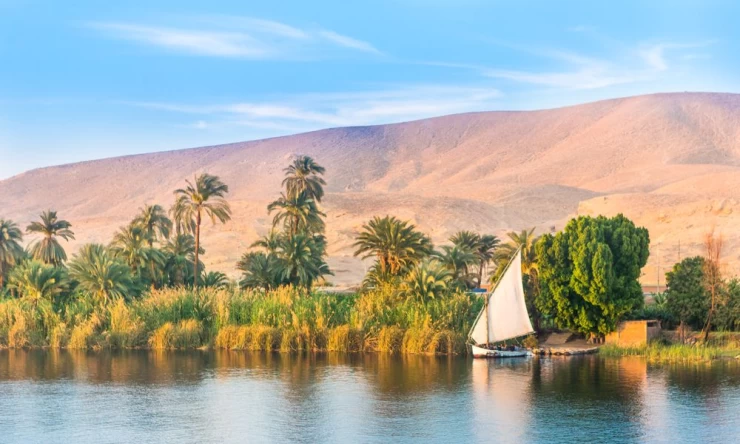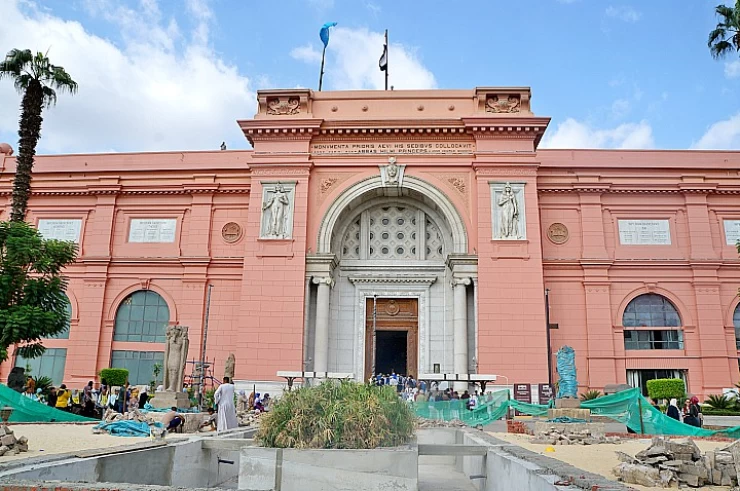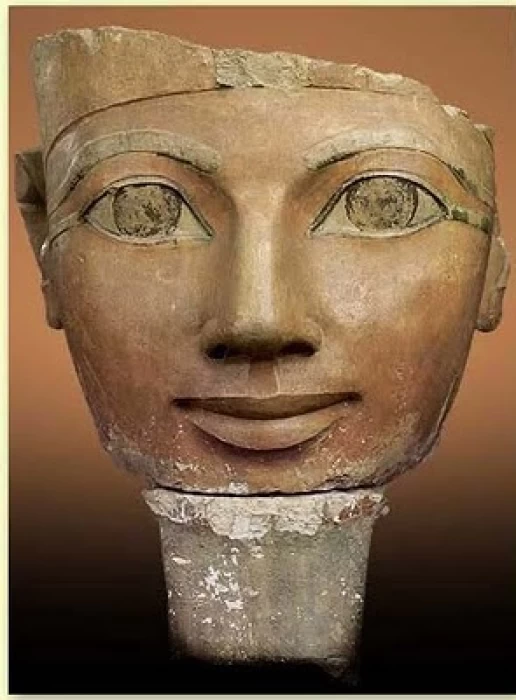
Queen Hatshepsut, Queen of Egypt
Queen Hatshepsut
Queen Hatshepsut - Hatshepsut is perhaps one of the most-prevalent and popular women in ancient Egypt history. From 1479 to 1458 BC, Egypt thrived under the rule of Hatshepsut, one of the first-ever women to officially take the Egyptian throne. The era of Hatshepsut's reign is categorized as a time of progress both socioehnomically and architecturally. She reestablished Egypt after the diaster in a political storm of the Eighteenth Dynasty whose father, King Ahmose, expelled the Hyksos from Egypt.Hatshepsut was born in yet about 1507 B.C., in Thebes, the daughter of Pharaoh Thutmose I and his wife Ahmose.
Although she was the daughter of a king, Hatshepsut was first considered a member of the predominantly male royal class.
She had to persevere in transmitting and learning the wisdom of the ancient Egyptian sages, like her half-brother Thutmose II, young princes and princesses, and a number of the sons of ministers and noble families; there is no doubt that she feared the teacher who taught her lessons, and feared his violent methods with his students, whatever their status, and this was an example of justice applied to all equally without fear or favor, which became an essential part of the life of Egyptian society at that time and Hatshepsut had no right to demand any special privileges in her treatment, and Hatshepsut had no right to demand any special privileges.
The royal school in the Pharaoh's house was like other schools in the country, starting early in the morning and ending at noon, as many of Egypt's schools do nowadays. Many years later, Hatshepsut grew up and married her step-brother, Thutmose II, according to the custom of the pharaoh kings, but this marriage was just a political alliance to strengthen her position as queen over the country, and he should have married her because of her royal origin, which would make Thutmose rule Egypt as she was the first heir to the country, but as usual they refused to rule the country as a woman.
After Thutmose II died, Thutmose III, who was but a small baby, now had the right to the throne, but because he was still too young, Hatshepsut took up the regency, which then with time became an increasing amount of power to her person. The path to rule was not all roses for Hatshepsut. She encountered a society and a patriarchal religious establishment that would not think of a ruler as anything other than male. Hatshepsut entered into what was to be the most difficult time in her life at twenty on the death of her father, Thutmose I. It was much expected, since she was already co-regent, heir apparent to the throne, and daughter of the dead king, that she would succeed Thutmose I as Pharaoh.
However, court traditions and priestly intrigue began to interfere because the idea of a woman ruling and putting all the power in her own hands was not to their liking, so it was inevitable that her half-brother Thutmose would be involved.
However, the traditions of the court and the intrigues of the priests began to interfere because the idea of a woman ruling and putting all powers in her hands was not to their liking; that is why it was inevitable that her half-brother Thutmose II, a thin and frail person with little experience in managing the affairs of the country, would be partnered with her as pharaoh, while she would become a royal wife and nothing more.
When Hatshepsut was in the temple to witness a ceremony in which the procession of the god Amun came out, the coffin carrying the statue of Amun stood in front of a young priest and refused to budge after that, and all those present agreed that this was a sign that Amun had chosen him to share her rule, and this priest, before whom the coffin of Amun stood, was Thutmose III, her dead husband's son.
Finally, in 1478 BCE, Hatshepsut was crowned queen of Upper Egypt and the Delta and ruled Egypt and its overseas possessions alone as pharaoh.
In the songs of praise that were sung in her honour, she was called the female Horus.
Much later, especially towards the end of Hatshepsut's reign, King Thutmose III came and ruled Egypt after he married her daughter Meret-Ra and became the king of Egypt who built one of the greatest empires in history.
Her reign and achievements
Hatshepsut's reign witnessed internal stability in Egypt, as she succeeded in reorganizing the affairs of the state after a period of instability, strengthening the central authority and strengthening the Egyptian army.
Hatshepsut established a network of alliances with neighbouring countries, which helped stabilize Egypt economically and made it more influential regionally, and she was one of the most prominent monarchs who took an interest in architecture, ordering the construction of many temples and tombs. One of her most famous architectural projects is the Deir el-Bahri Temple in Thebes, which is considered one of the greatest temples in ancient Egypt.
The Deir el-Bahri temple is one of the most prominent historical monuments that embody the architectural and ideological strength of ancient Egypt and is marked by its unique and complex design that reflects her personality and rule.
One of Hatshepsut's most important achievements was in the field of foreign trade, which is considered one of the most wonderful trade projects in the history of ancient Egypt. Queen Hatshepsut organized a trade mission on large ships navigating the Red Sea loaded with gifts and Egyptian goods like papyrus and linen to the country of Punt (currently Somalia and southern Yemen), and the king of Punt received the mission well, then returned loaded with large quantities of predators, wood, incense, ebony, ivory, leather, and precious stones.
Queen Hatshepsut documented her journey on the temple walls at Deir el-Bahri on the west bank of the Nile at Luxor, with paintings in this temple displaying vivid, even if mostly intact, colours. Hatshepsut undertook the expedition to the granite quarries in Aswan to bring massive stones from those quarries, and she erected two large granite obelisks in Aswan for the god Amun, each weighing about 35 tons, and then they were carried on the Nile to Thebes, and the two obelisks found their place in the Karnak Temple in Luxor. Afterward, Napoleon visited Egypt in 1879, and he ordered that one of the two obelisks be taken away to France. And even now, they are decorated with Concorde Square in the French capital, Paris.
Hatshepsut promoted the worship of the god Amun and was instrumental in building temples and developing religious rituals in Egypt, and she was also portrayed in temples and inscriptions as a goddess, which was part of her attempts to reinforce her legitimacy to rule.
Hatshepsut is considered one of the first rulers to use the male image to represent themselves, as she is depicted in many inscriptions and statues as a pharaoh, wearing the royal crown and fake beard that were part of the symbols of pharaonic power.
Challenges and wars
Although she ruled strongly, Hatshepsut faced many challenges. The first was from Thutmose III, who was initially still young when Hatshepsut took the throne. Over time, Thutmose III began to show a desire to regain his power. At first, Thutmose III would assist Hatshepsut in governing, but eventually, when he came of age, he took over completely after her death, and began to erase the traces of her rule from some temples and statues, but she will remain a great legend and a skillful queen who was able to rule Egypt, as her period was one of the most wonderful periods in the history of the pharaohs.
Latest Articles
Admin
The Graeco-Roman Museum
The Greco-Roman Museum of Alexandria is Egypt's most important archaeological museum, displaying a wide and impressive array of antiquities of the Roman and Greek periods, a testament to Alexandria as a hub of culture and civilization in the ancient world.
Admin
Temple of Khnum
The Temple of Khnum in Esna is a great religious monument that stands as a living record of the excellence of Egyptian artists and priests during the Ptolemaic and Roman eras and should attract every lover of Egyptian history and civilization.
Admin
Beni Hassan Tombs
The tombs of Beni Hassan are among the most prominent evidence of the greatness of ancient Egyptian civilization, as they reflect the Egyptians' mastery of architecture and sculpture, as well as the minute details documenting aspects of their daily life and religious beliefs. These tombs, which date back to the Middle Kingdom, are not just burial sites but archaeological treasures that reveal the nature of Egyptian society at the time as well as its political and economic relations.
Admin
Wadi El Rayan
Wadi El-Rayan is one of the most important natural tourist attractions in Egypt, especially in Fayoum, where there are many wonderful places such as waterfalls and springs for medical tourism, as well as mountains for safari and camping.
Admin
Muslim Conquest in Egypt
Egypt became part of the Islamic world and played a pivotal role in Islamic and Arab history. The conquest had a different aspect than many conquests, as it was characterized by organization and negotiation, as well as military power.
Admin
God Thoth
Thoth served as the spiritual representation in Egyptian mythology whose divine nature embodied reason as well as justice and eternal wisdom. The legacy from Thoth spread throughout thinking, religion and science, thus preserving his name in Egyptian and Greek philosophical works.
